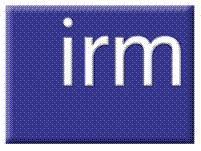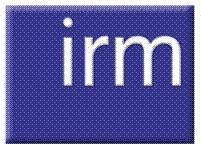Most firms are slowly moving towards enterprise risk management, finds a report exclusively revealed to StrategicRISK
EXCLUSIVE: A global survey of risk management professionals reveals that the discipline of enterprise risk management (ERM) has matured in most organisations over the last two years, but it still has a long way to go before becoming firmly embedded in business practice.
The survey, the second of its kind, was conducted at the end of 2009 and was based on the insights of more than 200 risk professionals, mainly risk managers working in industrial and manufacturing sectors.
The findings seem to indicate that even in light of the perceived problems with risk management uncovered by the financial crisis, ERM is increasingly recognised as an important discipline.
More than half of the practitioners queried said their organisation’s programme had at least been defined—meaning they were ready to begin the process of embedding ERM into their operational procedures. This was a marked improvement compared with findings from the previous study, which was conducted in 2007.
The survey, which was conducted by Aon, also identified nine hallmarks of top performing enterprise risk management programmes. Three of these are discussed in more detail below.
Organisations clearly recognised that the right risk culture is critical to success. However, while setting the right tone at the top was relatively simple, the real challenge was seen to be embedding this at the lower levels of the organisation—in other words, on the factory floor.
Additionally, one of the most challenging aspects of ERM identified was integrating risk information into senior management decision making. Aon suggested that organisations could gain competitive advantage through a well embedded ERM programme, by enabling intelligent risk taking that is aligned with the organisation’s strategic objectives.
Finally, using ERM to identify new and emerging risks was recognised to be extremely difficult. This was something that the organisations acknowledged they did not do well.
Almost 80% of the companies said they relied on internal data and knowledge to assist them in identifying emerging risks. Very few of them used clients, suppliers, external news feeds and shop floor employees to inform them about risks on the horizon—as they should be doing, said Aon.
As a result only a quarter of respondents reported success in the analysis of unexpected events. Aon recommended that companies avoid their reliance on historical data and at least annually consider emerging risks.
An additional benefit for companies that use suppliers and customers as a source of information on emerging risks will be more luck instilling a risk management culture throughout their organisation, added the risk advisor.
Those surveyed believed that ERM would deliver a number of important benefits for their organisation, including; enhanced shareholder value, better supply chain management, stronger business resilience, more flexibility, adaptability and increased operational efficiency.
Championing an ERM programme was also acknowledged as an opportunity to raise a risk manager’s profile, by providing them with valuable and quantifiable risk information. The respondents also believed that finding ways to demonstrate the value derived from ERM could help build momentum for further investment.




















No comments yet